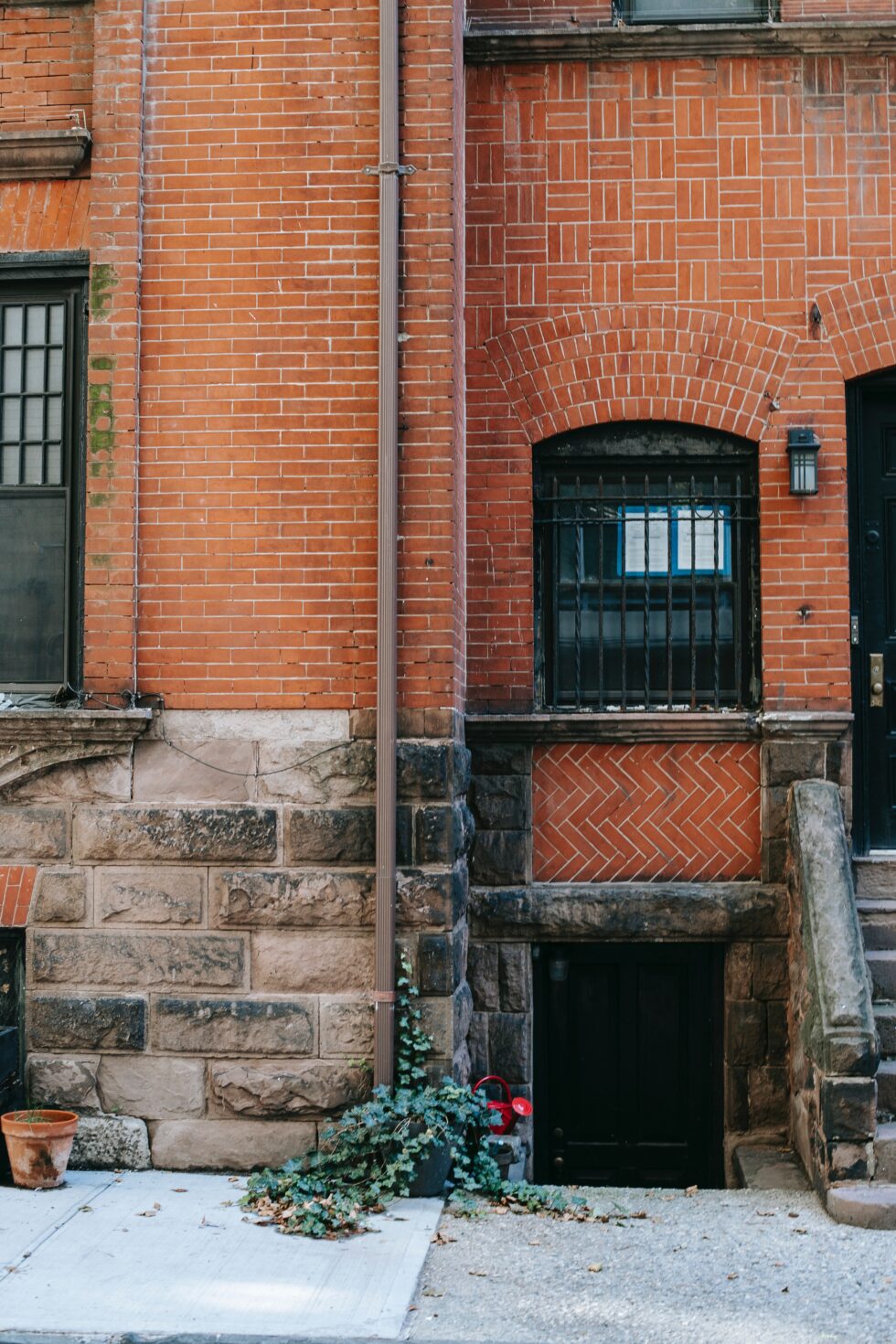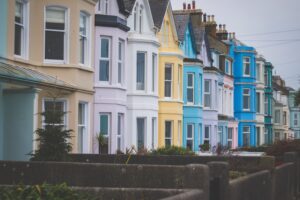The Row Home and Urban Runoff
Rowhomes are a popular architecture design in densely populated urban areas, but did you know that row home design had urban runoff in mind? With each passing generation, the world faces new challenges and must continue to rise to the occasion. With better technology, better healthcare techniques, people live longer–we have higher populations living on the planet together for the first time ever. With this comes the need to continuously find space and housing and fill the needs of all communities. Urbanization is often a dirty word that to some convey overpopulation or too much density in one area. However, urbanization is a simple matter of life at this point. Communities have to build in order to fit everyone’s needs as best they can.
With the constant production of new houses, apartments, commercial or office buildings, we see a lot more need for hardscapes (concrete areas). As we add in more impervious surfaces we will continue to put stress on urban water runoff into our drainage systems.
So you see, urbanization is a constant puzzle. While we build homes, we also have to think about how we make sure we don’t add more stressors to our environments. This is where stormwater management comes in.
What is Stormwater?
Stormwater is the technical term for water (rain) runoff from roofs, driveways, and roads. Urban residents haven’t always considered how the flow of stormwater works. The common perception is that stormwater pipes and inlets offer a clear solution to drainage. For a while, this stormwater management technique has worked. Unfortunately, as urban areas grow conventional infrastructure breaks down.
Urban Sprawl and the Water Cycle
When new roads and large homes are built, massive impervious surfaces cover the land. The result is challenging drainage issues, and in some cases, damaging floods. Oftentimes, stormwater cannot infiltrate into the soil. In these cases, it flows downhill until there is a low spot or soil that allows it to percolate into the ground. This is the basis for the water cycle. The more impervious the surface, the more fast-flowing stormwater builds up in volume. As weather patterns shift, certain regions experience more significant rain events than ever. Retrofits have become critical to managing urban stormwater systems. This is where the practice of green infrastructure can assist.
The Historical Context for Stormwater and Rowhomes
Ever wondered why suburban houses are so close together? This style of dense row housing was common for traditional 19th and early 20th-century cities. This architecture allowed workers to live near their place of employment. But, that wasn’t the only consideration.
By design, traditional row home parcels drain stormwater-urban runoff-into the back alley. Engineers designed the alley to function as a large gutter. By delivering stormwater to the main street water flow would eventually meet a nearby inlet. From there, stormwater inlets drain into two places. Wastewater either leads to a treatment plant or flows into a nearby body of water. The latter is more common than most people realize. Despite the focus on environmentalism, this outdated stormwater system is the norm in most urban areas.
Breaking the Runoff Machine
Dr. Steward T.A. Pickett, a Distinguished Senior Scientist at the Cary Institute of Ecosystem Studies, coined this system as the stormwater machine.
In 2020 he wrote an article called, “Breaking the Baltimore Runoff Machine” explaining the need for disruption to the stormwater machine. The main message is a call to replace impervious surfaces with porous surfaces. Simple solutions, like permeable pavers, are a necessary alternative to polluted streets & waterways.
We can’t assume that simply moving stormwater is the solution to drainage problems, anymore. Our accountability has gotten more complex but the new approach is simple. Slow the flow, and allow it to infiltrate on-site. Supplementing traditional drainage structures is one green infrastructure change that benefits modern cities.
https://baltimoreecosystemstudy.org/2020/01/16/breaking-the-baltimore-runoff-machine/




